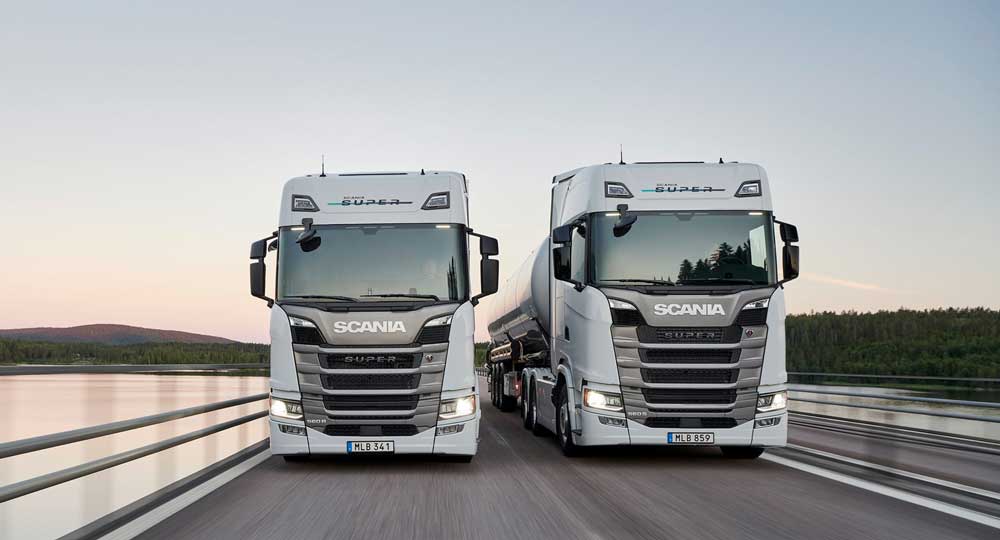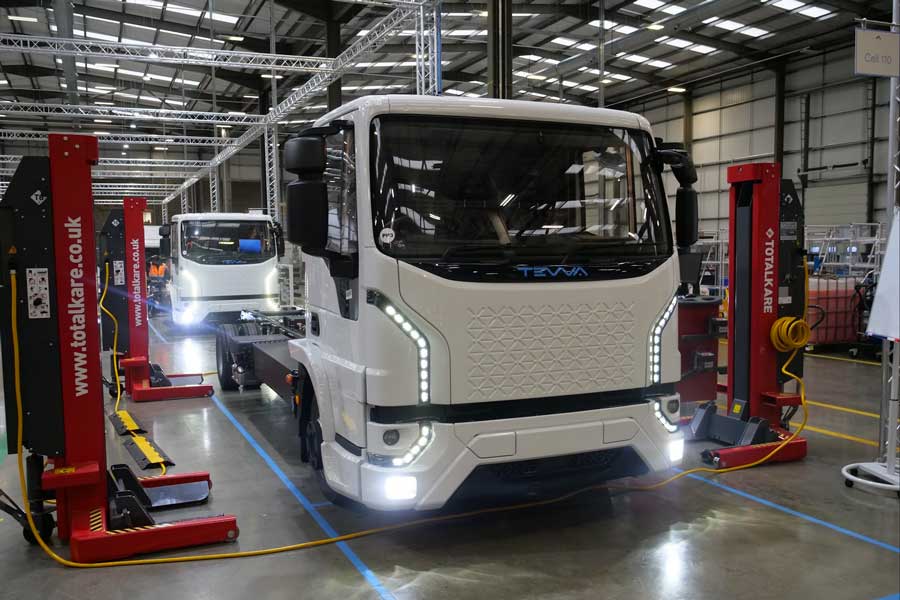Portland International Airport, commonly referred to as “PDX” and one of America’s best airports, anticipates substantial growth over the next two decades. PDX is scaling up in preparation to better serve 35 million passengers annually by undergoing a main terminal expansion project – nearly doubling its size. A key component of this expansion is the construction of a new, seismically isolated roof structure over the central area of the airport. Mammoet was contracted to jack up, transport, and install twenty roof panels of five distinct types at the airport in Portland, Oregon, USA – all while avoiding passenger disruption.
The roof, crafted mainly from regionally and sustainably sourced wood, was fully prefabricated between the active runways of the airport over the course of a year. Prior to being moved, the roof panels were disconnected into approximately football field sized pieces to be transported to the new terminal expansion. This allowed the airport to carry-on as usual while minimizing disruption to airport operations. Depending on the type of panel, each was launched, rolled into place, set directly with self-propelled modular transporters (SPMTs), or lifted with a crane into its final position.
The panels vary in weight between 40t and 632t, with dimensions up to 72m x 50m x 6m. Mammoet used four towers of Mega Jack 800 to jack up the roof panels to approximately 17m to allow SPMTs with falsework to be driven underneath each roof section. At midnight on the day of each move, the runways were closed for the one-mile transport of the panel from laydown yard to terminal. The roof sections were moved with care at a speed of about 1.6 kilometers, or one mile, per hour.
Most panels needed to be installed over the top of populated areas of the existing terminal building. With safety at the forefront of the entire project, work was done during strict overnight closures when the public could be kept clear of the work area. Once the area was verified to be clear of all pedestrians, the installation of the roof panels could begin. Each panel, referred to as a super cassette, was installed using stationary skidding propelled by strand jacks and lowered with the skidding jacks onto column isolators. The next set of panels were then rolled into position down the bottom flanges of the previously set panels. The panels were safely secured with consideration for potential elevated wind and project specific seismic requirements before the public were allowed to reoccupy the area below.
A major complexity of the project was the wood material used in the roof panels’ construction. Deflection of the roof panels was a major concern of the client and the roof designers, so at each point in the jacking, transport, and installation process deflection of the roof was monitored and kept within stringent criteria. Only the super cassette pieces had steel girders in the longitudinal direction to support the 25m wooden arches and to allow the panels to be “launched” using stationary skidding equipment. Also, the supports for the launching jacks were temporary towers supported by wooden piles which were installed in the 1950s. To mitigate any issues, Mammoet performed extensive friction testing in its Rosharon, Texas yard prior to execution to ensure no structural damage occurred to a mockup roof panel, and that the design values presented to the client for strand jack anchoring were realistic. When executing the job on site, Mammoet closely monitored the loads and deflections to ensure that they were in line with the tested values.
To date, Mammoet has successfully placed sixteen panels to wrap up phase one of the project. Four additional panels will be installed in 2024 during phase two – once the interior of the new terminal expansion has been built out by the client for general occupancy. Mammoet’s airport-related expertise includes examples such as Seattle-Tacoma International Airport’s elevated pedestrian walkway, the world’s longest airside bridge in Hong Kong, and the transport of airport buildings in Texas.










